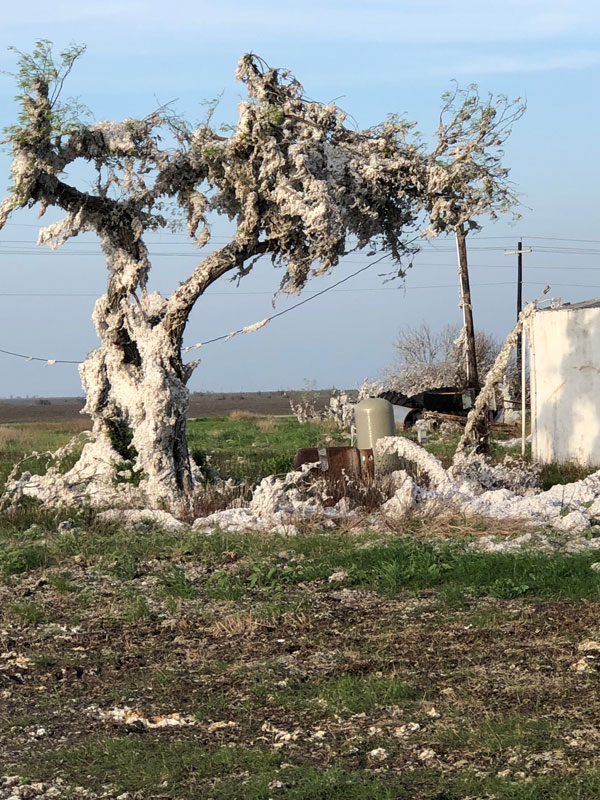Southeast Texas, 6 counties (3 coastal, 3 inland) including Houston. 2017-2019. NSF-funded, Principle Investigator.
Research question: How do farmers, ranchers, coastal and urban groups make decisions about risk and interdependencies? How do their stories reveal a greater field of influences than we currently understand to operate in such decision-making processes?
Typically, decisions are studied with the assumption that they adhere to rational choice models that can be used to predict. And while some decision outcomes may be arrived at in these ways, anecdotal evidence suggests there is much greater variability in the processes people engage in to arrive at choices than we have so far captured. With my collaborator, Dr. Caela O’Connell, we set out to try a novel methodology with people impacted by Harvey as an experiment to put more attention on process rather than outcomes of decisions so as to comprehend the richer context of decisions. We designed an ethnographic method that would open up possibilities for participants’ decision-making experiences to get recorded.
Using assemblage theory, we assume that for any given decision, a wide array of factors at different scales and in different realms of life come together to impact the orbit of a person or a group for a limited time. We cut laminated paper to form individual tiles, about 45 of them, each expressing an idea from the universe of potential contextual factors (health, bureaucracy, networks, material resources, dependent others, fear, etc) that could shape a decision. The idea was to lay the full set of tiles out on a surface and invite our interviewees to pull out those tiles that expressed something they considered an influence in a decision we ask about (evacuating or not, relocating or not, rebuilding or not, etc.)

